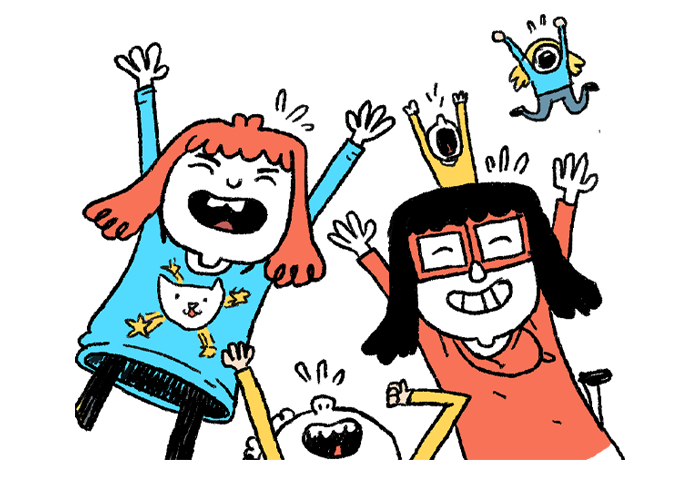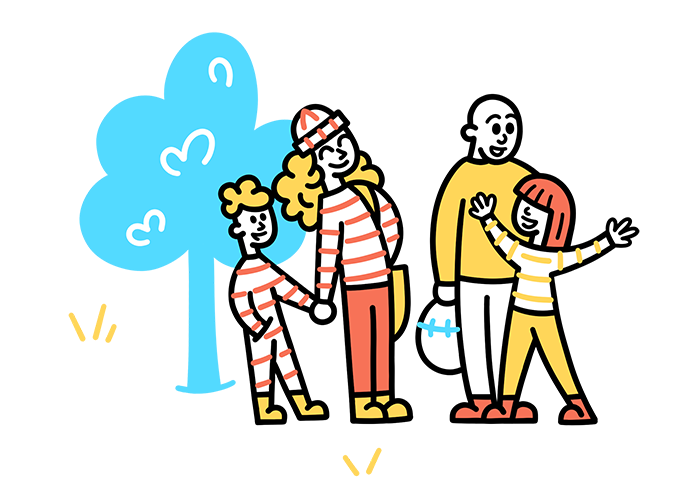A Better City for Children

The Better City for Children initiative aims to improve services for children, youth, and their families in school and recreational activities.
More services for children and youth should be available locally, appropriate support should be provided as soon as possible, and there should be tighter integration between the Department of Education and Youth and the Department of Welfare at the district service center.
What do you want to explore next?
How does A Better City for Children work?
The Better City for Children has the following guidelines:
Low-threshold services
The services need to be accessible as close as possible to those who need it most.
User-oriented services
The services must be based on the user's needs, not the systemic organization.
Comprehensive school services
Cooperation and integration between the institutions involved in the service must be ensured so that there is no interruption in service during any period in a child's life.
Data-driven services
The focus is on periodic measurements to identify whether the support has led to improvements in a child's status.
What are the goals of A Better City for Children?
- Better support for school and recreational staff
- Apply methods of early intervention
- Better services for children, youth, and their families in the City's school and recreational activities.
- Tighter cooperation between the Department of Education and Youth and the Department of Welfare
- Move the services increasingly into the school environment of children and youth
School service
A Better City for Children includes robust and integrated services from professionals who provide targeted counseling and support to children, their families, and staff in preschools and primary schools.

Robust local services
Under A Better City for Children, services for children and youth are offered as close as possible to where they participate in activities—at after-school programs, youth centers, preschools, primary schools, in service centers, and even in their homes.
The services may include a variety of counseling sessions by various professionals such as social workers, behavioral counselors, or speech therapist, as well as various courses.